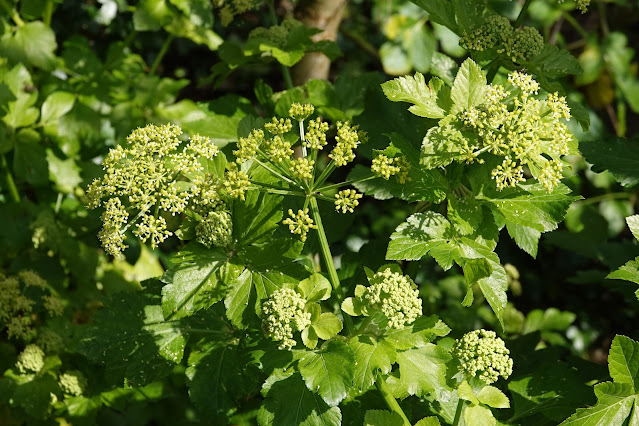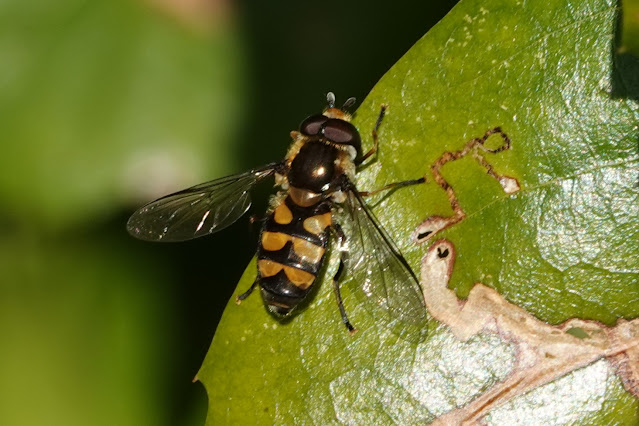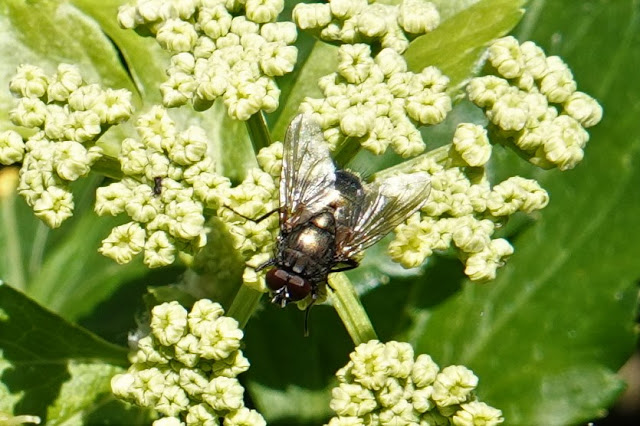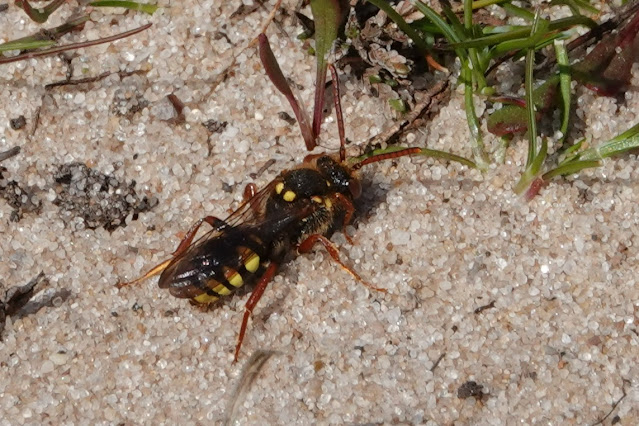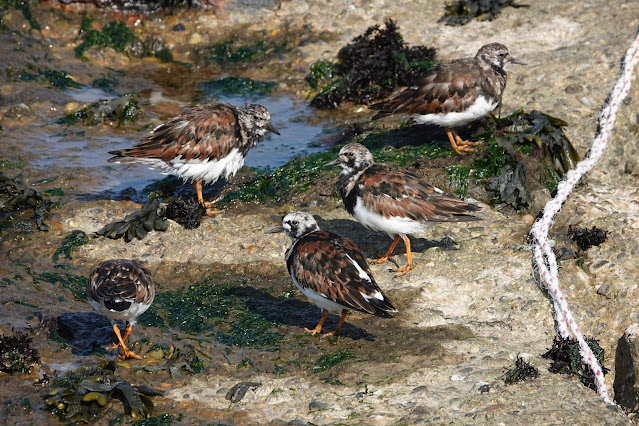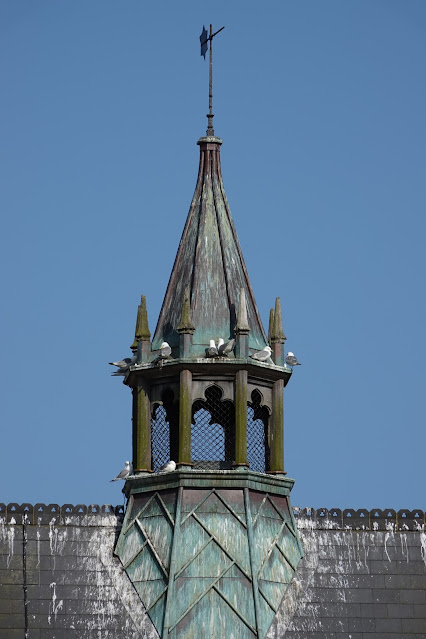A very lean two months given the madness of the previous two years:
3rd March:
The Enfield Ring-billed Gull was around the Poly grounds in
Ponders End and this was the first of several visits to the fields.
14th March:
A trip to Fishers Green ostensibly to by a new scope [Eds: a
solid body angles Optolyth TBS 80 I think!] produced seven singing Chiffchaffs
and good views of Kingfishers.
15th March:
I spent the morning at Fairlop Waters unloading Yellow Pages phone books from huge
articulated lorries [Eds: well that dates it! Six people, three lorries, 40
tonne each] for people to go and deliver as
well as loading up my own Morris Marina for my own delivery routes. Suddenly I could hear the familiar sound of
Avocets and from my elevated position I could see two of them flying around the
lake before eventually landing on the water.
Once home [Eds: no mobiles back then] I phoned Alan Bell and once he had
calmed down he told me that they were the first for the site. Fortunately he saw them that evening.
29th March:
A wander round the Chase with Ian
Woodward produced a male Pintail which was a quality site tick for me while two
Chiffchaff and four Fieldfare showed the mix of seasons.
2nd April:
Dad woke me to say that a Willow Warbler singing in the
garden. It did not linger and was the first for four years. Later on I did
Fishers Green with Paul Whiteman and around Hall Marsh there were Blackcaps,
Willow Warblers, Chiffchaffs, a male Yellow Wagtail and two mad Little Ringed
Plovers.
4th April:
A traditional spring visit to the Brecks with Pete G saw
Thetford Warren as our first stop.
Bramblings and Siskin were in song and the invisible Golden Pheasants
were very vocal while a male Sparrowhawk displayed overhead. A little later on
we bumped into a fine male Goshawk near to Mayday and a Woodlark which was a
welcome year tick. Lackford was visited as usual [Eds: not a SWT reserve back
then] but there was not a single hirundine to be seen although we did see two
Yellow Wagtails.
10th April:
The Chase was ridiculously quiet with just a few Willow
Warblers. Where are the hirundines? I have not seen a Sand Martin yet?
12th April:
A trip down to Hengistbury Head with Adrian Wander saw us soon watching a fine male Subalpine Warbler of the Western race in a small hedge with a male Dartford Warbler and both Whitethroats for company. Two Tree Pipits flew over calling as we walked around but found little other than a few Chiffchaffs and Blackcaps and an obvious passage of Linnets. The local Heronry was very noisy and a single Swallow was seen as we had seconds of the Sub-alp.
 |
| Western Subalpine Warbler |
Being not far from the New Forest gave us the opportunity to
go to Boulderwood to search for Firecrests.
The Holly understorey by the huge Wellingtonias eventually gave us to
vigorously singing males and was well worth getting wet feet for. They were my first ever in the New Forest. A
walk around Denny Wood resulted in a nice collection of species on a recently
burnt are with Chaffinches, Skylarks, Woodlarks, Wheatears, Stonechats and both Meadow and
Tree Pipits all foraging there. With the
weather turning grotty we headed for home.
16th April:
A very mixed day that started with missing another Subalpine
in East Norfolk [Eds: not even sure where that was!] before picking up Garden,
Reed and Sedge Warblers at Cley and Sand Martins, Swallows and two Whimbrel at
the East Bank. As the Rutland Water Cattle Egret was to be our last stop we
opted to do the Brecks on the way over. The Stone Curlews lurked in the grass
at Weeting and a lingering male Ring Ouzel was quickly seen at Grimes Graves but
we could not find the Great Grey Shrike or Woodlarks but a singing male
Redstart was a fine bonus. Paul had a business call in Peterborough on the way
over and by the time we reached Rutland negative news had come out about the
Egret which was annoying. A lone Egyptian Goose and a flotilla of Goldeneye
were scant compensation.
27th to 30th April:
Pembroke Geomorphology Field Trip. We were staying in a grotty holiday park in
less than desirable chalets. The food was horrible but the coastal scenery was
wonderful. Birdwise it was fairly quiet
with the usual Peregrine and Ravens but with very few migrants bar a few Whimbrel,
Wheatears and Warblers. Some fine flora was seen with smelly Wild Garlic, Early
Purple and Common Spotted Orchids and cliff tops of pale blue Spring Squill.






















































